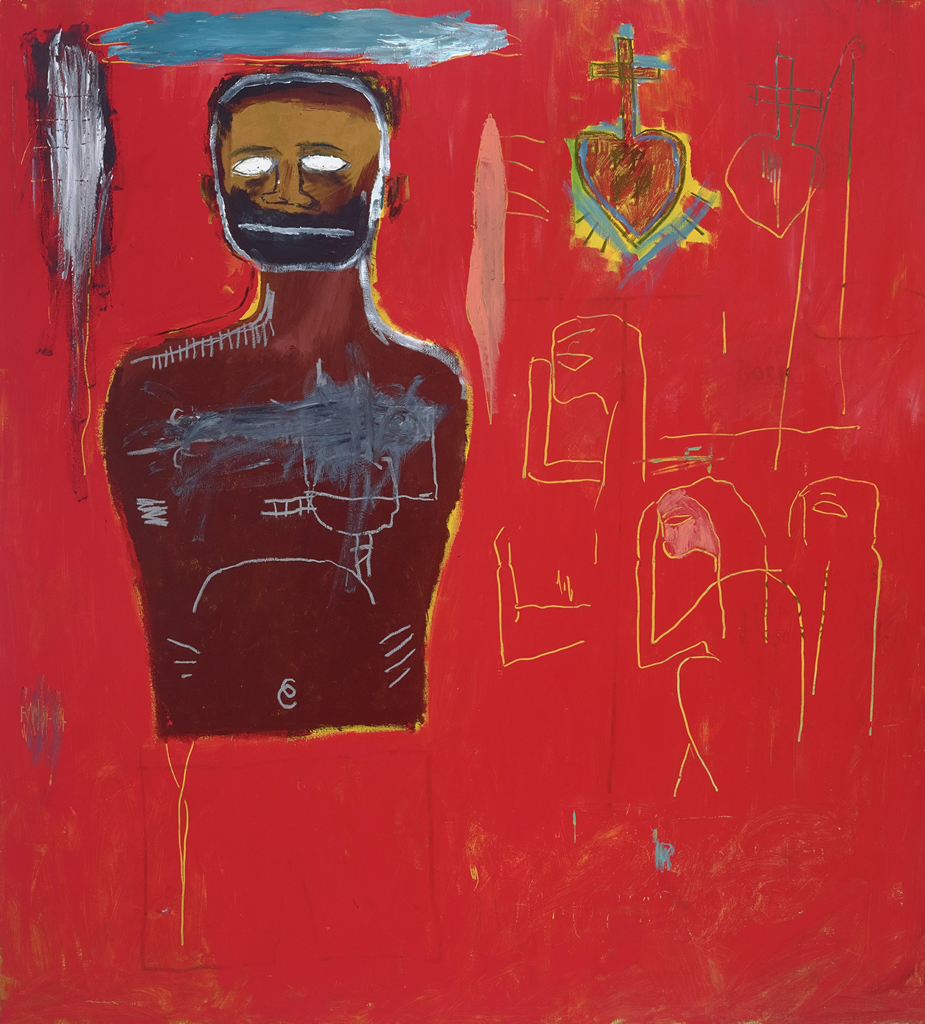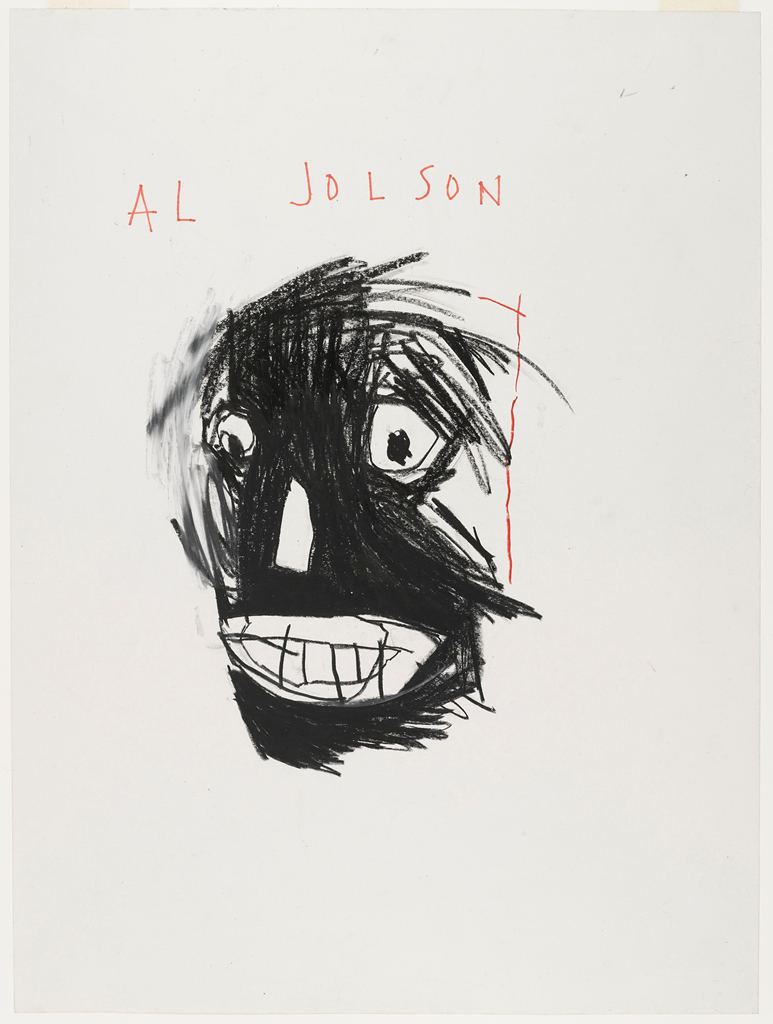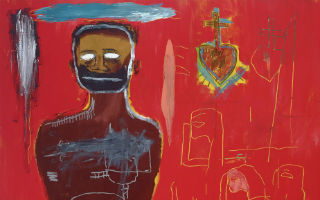
ATLANTA – “Basquiat: The Unknown Notebooks” will close at the High Museum of Art on May 29. This exhibition features rare notebooks created by Jean-Michel Basquiat (1960–1988), offering an intimate look at the life of the influential contemporary artist who died tragically at age 27.
Filled with Basquiat’s handwritten texts and sketches, the 160 unbound notebook pages are presented along with 30 related paintings, drawings and mixed-media works drawn from private collections and the artist’s estate, as well as a Basquiat painting from the High’s collection.
Created between 1980 and 1987, the notebooks demonstrate how Basquiat began to develop the artistic strategies that would inform his large-scale works. The notebook writings range from extended narrative poems and wordplay to observations of New York’s street life, along with lists of celebrities and incidental notes from the artist’s personal life.
Other pages reflect Basquiat’s overriding interest in highlighting racial discrimination and acknowledging the important contributions of African Americans and other people of color, as well as his interests in music, world history and popular culture.

Basquiat was one of the most original and influential artists of his generation. Born and raised in Brooklyn, he rose quickly from teenage street artist to art-world celebrity in the early 1980s.
Though he is best known for his vibrantly colored figure paintings, language was in many ways his most constant medium. Handwritten texts appear throughout his drawings, paintings and mixed-media works, blurring the boundaries between writing and drawing and between drawing and painting.



